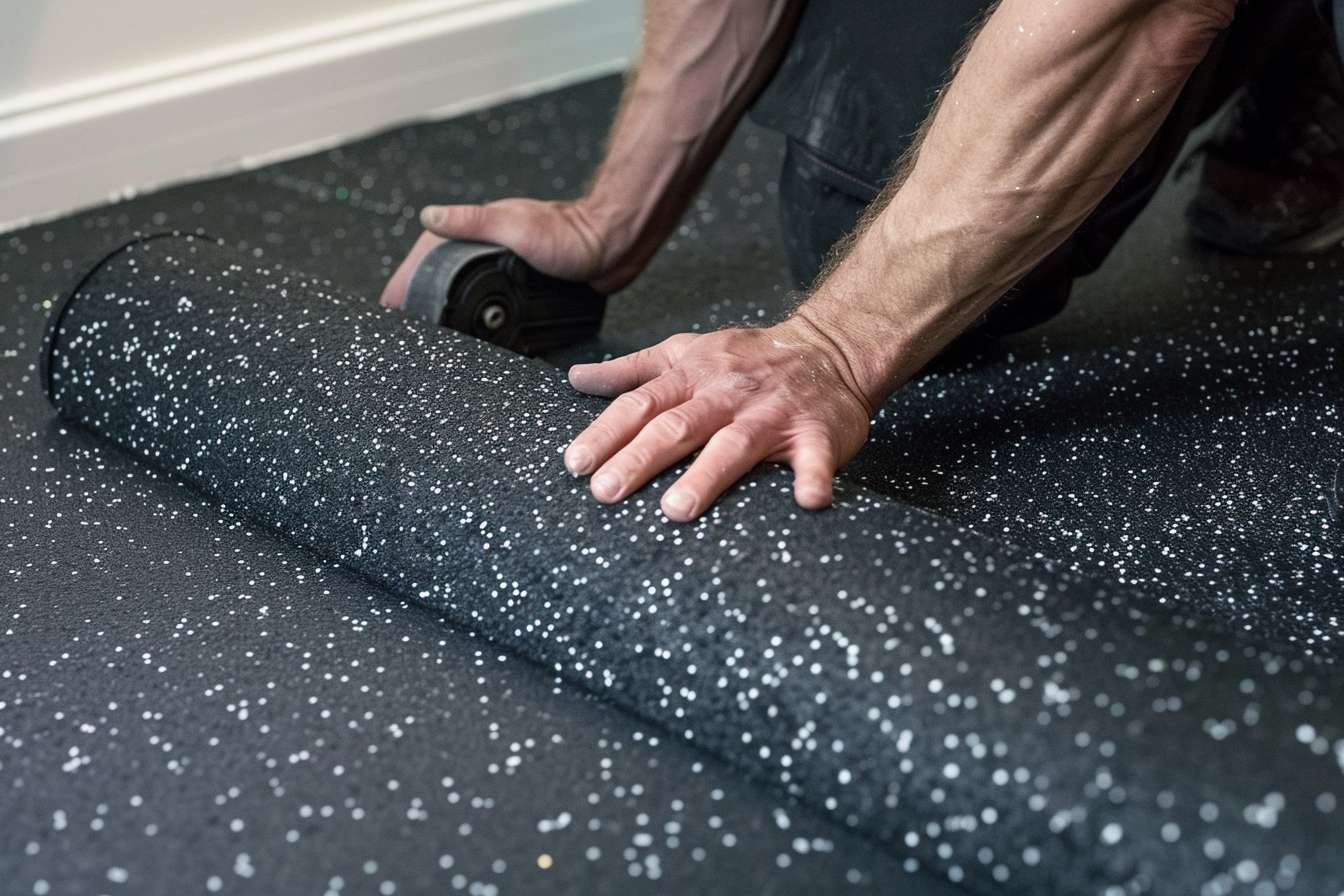Bringing Versatility to Interiors with Carpet Tiles
Carpet tiles have revolutionized interior design by offering unprecedented flexibility and practicality for both residential and commercial spaces. Unlike traditional broadloom carpeting, these modular flooring solutions allow for creative expression while addressing common maintenance challenges. From offices and retail spaces to homes and educational facilities, carpet tiles provide an innovative approach to flooring that combines aesthetic appeal with functional benefits.

Introduction to Carpet Tiles
Carpet tiles, also known as carpet squares or modular carpet, are individual pieces of carpeting typically measuring 18x18 inches or 24x24 inches. Each tile features a backing material that allows for easy installation without the need for stretching or tack strips. This modular approach to flooring emerged from commercial applications but has gained popularity in residential settings due to its versatility and ease of maintenance.
The construction of carpet tiles varies, with options including cut pile, loop pile, and cut-and-loop combinations. The backing materials range from vinyl and recycled rubber to newer eco-friendly alternatives. This diversity in construction allows designers and homeowners to select tiles that meet specific performance requirements while achieving desired aesthetic outcomes.
Flexibility in Design
The modular nature of carpet tiles opens up endless design possibilities that traditional carpeting cannot match. Designers can create custom patterns, define spaces, and incorporate multiple colors or textures within a single installation. This flexibility allows for the creation of geometric patterns, color gradients, or even complex artistic designs that reflect brand identity or personal style.
Installation flexibility represents another significant advantage. Carpet tiles can accommodate irregular room shapes, built-in furniture, and architectural features with minimal waste. The ability to mix different tile styles within the same space enables the creation of distinct zones, such as quiet areas in open offices or play zones in children’s rooms.
Design changes become simple with carpet tiles. Individual tiles can be replaced with different colors or patterns to refresh a space without complete reinstallation. This adaptability makes carpet tiles particularly valuable in environments where design needs may evolve over time.
Practical Benefits of Carpet Tiles
The practical advantages of carpet tiles extend well beyond design flexibility. Maintenance represents one of the most significant benefits, as damaged or stained tiles can be replaced individually rather than requiring entire carpet replacement. This targeted approach to maintenance reduces costs and minimizes disruption in busy environments.
Installation efficiency improves dramatically with carpet tiles. Most tiles feature adhesive backing or can be installed using pressure-sensitive adhesives, eliminating the need for specialized tools or professional installation. This accessibility allows for DIY installation in many applications, further reducing project costs.
Storage and transportation become more manageable with tiles compared to large carpet rolls. Tiles can be stored vertically in smaller spaces and transported in standard vehicles, making them practical for projects with logistical constraints. The ability to order tiles in smaller quantities also supports phased installations or future replacement needs.
Environmental Considerations
Environmental sustainability has become an increasingly important factor in flooring selection, and carpet tiles offer several eco-friendly advantages. Many manufacturers now produce tiles using recycled materials, including post-consumer plastic bottles and reclaimed carpet fibers. This circular approach to manufacturing reduces waste while maintaining product performance.
The modular nature of carpet tiles supports sustainable practices throughout their lifecycle. Individual tile replacement extends the overall lifespan of an installation, reducing the frequency of complete carpet replacement. When renovation or replacement becomes necessary, tiles can often be recycled or repurposed more easily than traditional broadloom carpeting.
Some manufacturers offer take-back programs where used tiles are collected and processed into new products. These closed-loop systems minimize landfill waste while providing raw materials for future manufacturing. Additionally, the reduced transportation requirements and installation waste associated with carpet tiles contribute to lower overall environmental impact.
Creativity Meets Practicality
Carpet tiles represent a significant evolution in flooring technology that successfully balances creative potential with practical requirements. The combination of design flexibility, maintenance advantages, and environmental considerations makes carpet tiles an attractive option for diverse applications. Whether creating a professional office environment, designing a comfortable home space, or developing a sustainable flooring solution, carpet tiles provide the versatility needed to meet contemporary interior design challenges.
The continued innovation in carpet tile technology, including improved backing materials, enhanced durability, and expanded design options, ensures that this flooring solution will remain relevant for future interior design needs. As sustainability becomes increasingly important and design requirements become more complex, carpet tiles offer a practical pathway to achieving both aesthetic and functional objectives in modern interior spaces.




